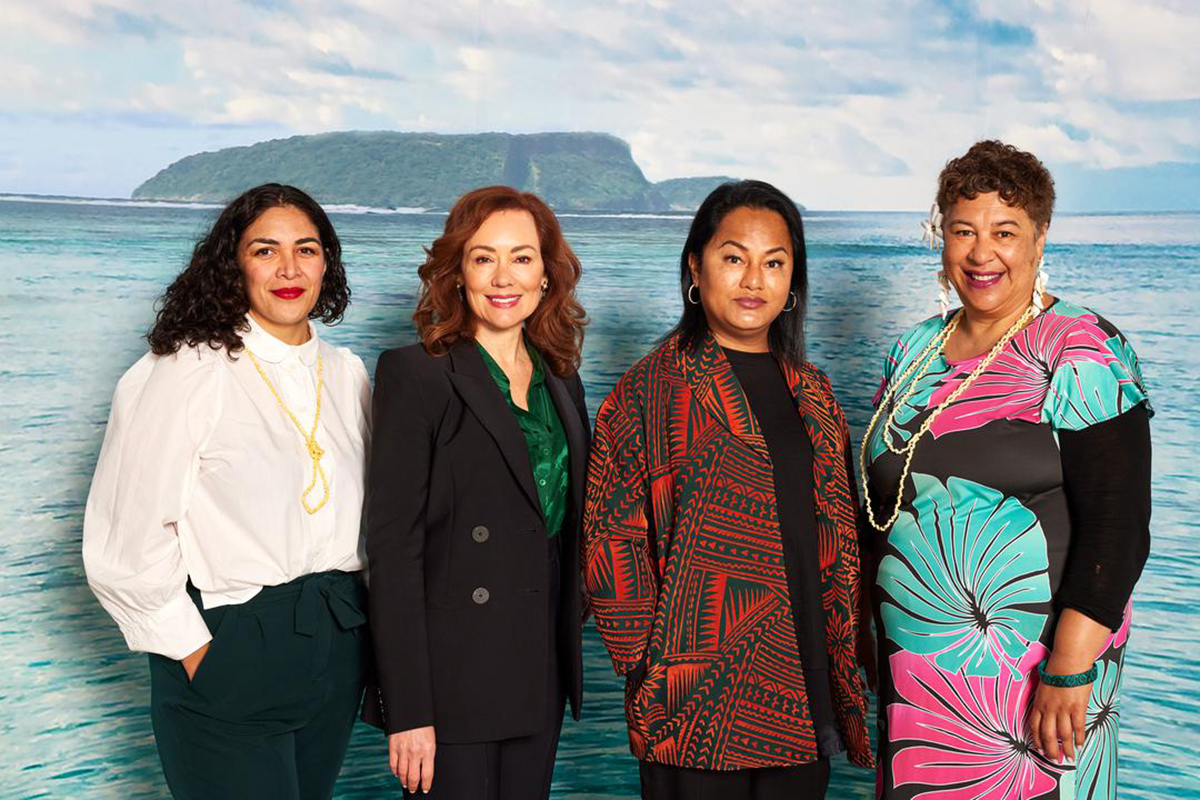An interview with Yuki Kihara
Traversing the topics of small island ecologies, queer rights and decolonisation, Yuki Kihara’s Paradise Camp at La Biennale di Venezia 2022 marks a number of firsts for Aotearoa New Zealand’s national pavilion as the artist selected is Pasifika, Asian and Fa’afafine, Sāmoa’s third gender. Kihara’s timely and ambitious presentation, curated by Natalie King, encompasses archival research, photography, video and socially engaged methods to explore the ongoing Sāmoa-New Zealand relations from a Fa’afafine perspective.
For this project, Kihara “upcycled” paintings by French post-impressionist artist Paul Gauguin, created during his time in Tahiti and the Marquesas between 1891 and 1903, and drew on her own extensive research, or Vārchive, on the Sāmoan origins and gender-neutrality of many of Gauguin’s models. This produced a suite of eleven elaborately staged and vibrant photographic portraits, shot on location in Sāmoa, with an additional self-portrait of Kihara as Gauguin. Kihara’s photographs are presented against an immersive wallpaper of a coastal landscape decimated by the 2009 tsunami, making Paradise Camp a reclamation of Gauguin’s imagined Pacific through a contemporary Pasifika, Fa’afafine lens.
As the only Aotearoa publication on the ground at Venice during the opening week, HUM visited the New Zealand pavilion in the Arsenale and sat down with Kihara to discuss her experience representing Aotearoa in the midst of a pandemic, her research processes and plans to bring the exhibition back to the Pacific, and the significance of bringing Fa’afafine narratives to an international audience.
Don’t miss the other part of our Venice coverage, where we spoke to Curator Natalie King and Assistant Pasifika Curator Ioana Gordon-Smith about working with Kihara to bring Paradise Camp to Venice.


